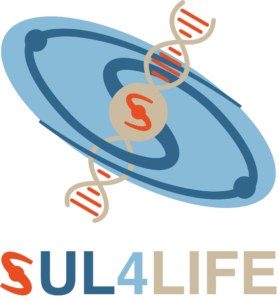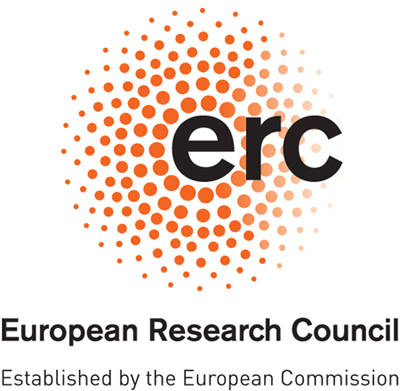OUR TEAM
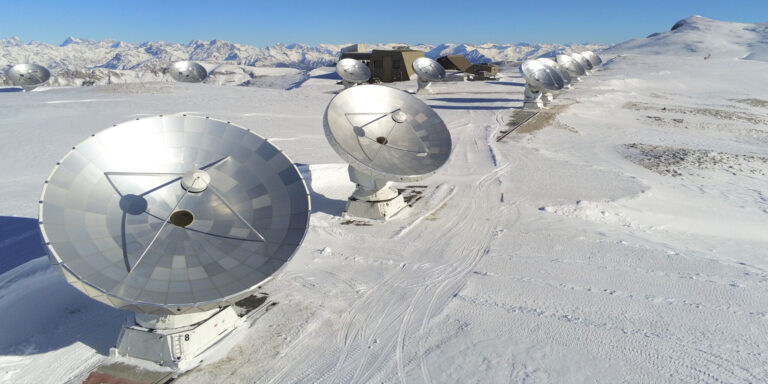
The Northern Extended Millimetre Array (NOEMA) located at Plateau de Bure, Hautes-Alpes, France. Credit: IRAM
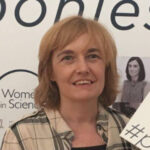
Dr Asunción Fuente
(PI)
I received my Ph.D. in Theoretical Physics from Universidad Autónoma de Madrid. My main interests are star formation, astrochemistry, and the origin of life. During my career, I have used large ground-based (IRAM, ALMA) and space telescopes (Herschel, Spitzer, JWST) to investigate the chemical composition of the interstellar gas. My current reasearch focuses on sulfur chemistry, and how this essental element for life was delivered to the Earth more than 4 billion of years ago.

Dr Angèle Taillard
(post-doc)
I received my PhD from Universtity of Bourdeaux in 2023. My expertise is astrochemistry. I am working on developing a new version of the Nautilus chemical code to describe more accurately the sulfur chemistry in star forming regions. The new code will be used to interpret data from James Webb Space Telescope (JWST) and millimeter data from different ground-based telescopes (IRAM 30m, NOEMA, ALMA).

Dr David Navarro-Almaida
(post-doc)
I received my PhD from Universidad Complutense de Madrid in 2021. My first post-doctoral stay was in Université Paris-Saclay in collaboration with. Dr Patrick Hennebelle. I am an expert in chemo-MHD simulations of the cloud collapse and early stages of the star formation process. The results of these simulations are used to create synthetic observations to compare with observational data obtained by using the most important millimeter and infrared telescopes (IRAM 30m, Yebes 40m, NOEMA and ALMA interferometers, JWST).
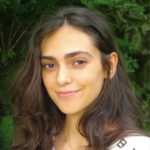
Mrs Patricia Fernández Ruiz
(PhD student)
I am a PhD student in Centro de Astrobiología (CAB, INTA/CSIC). I am studying the evolution of sulfur chemistry during the early stages of the formation of a Sun-like mass star. In order to describe this evolution, i will combine single antenna data (Yebes 40m, IRAM 30m) that are sensitive to the chemical composition at scales of 5000 - 10000 au, with interferometric data (NOEMA, ALMA) that will inform us of the chemical composition of the protostar for radii smaller than 500 au.
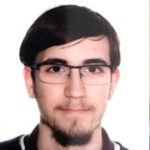
Mr Julián José Miranzo Pastor
(PhD student)
I am a PhD student in Centro de Astrobiología (CAB, INTA/CSIC). I am studying the chemistry associated with H2S and OCS compounds in young stellar objects. These compounds have a common characteristic, they form efficiently on the surface of interstellar grains just like the complex organic molecules that are the precursors of life. To study the chemistry of these compounds we will compare spectroscopic observations obtained with the NOEMA and ALMA interferometers with the predictions of chemical models coupled with chemo-MHD simulations.

Mrs Aitana Tasa Chaveli
(PhD student)
I am a PhD student in Centro de Astrobiología (CAB, INTA/CSIC). The objective my project is to identify and estimate the abundances of compounds containing refractory elements and sulfur (NaS, AlS, CaS, NaSH, MgSH, KSH, PS, S3, S4, SiS) in massive protostars using observations from the large NOEMA and ALMA interferometers. Comparison of the abundances of these refractory species with those of more volatile sulfur compounds such as SO2, H2CS, CH3SH and OCS, will allow us to investigate the distribution of sulfur between refractory and volatile in these regions.
COLLABORATORS

Gisela Esplugues
My main research is astrochemistry in star-forming regions. I focus on the study of chemical evolution in the early stages of both high and low mass star-forming regions. I also highlight my experience in the chemical study of photodissociation regions. I combine observational analysis (radio and far infrared emission) and theoretical analysis, through chemical codes that I use as a user (UCLCHEM, Nautilus) and as a developer (Meijerink PDR code). I gained my PhD in 2014 at Consejo Superior de Investigaciones Científicas, with several stays at University College London (UK). I have done postdocs at Kapteyn Astronomical Institute (Netherlands) and at Max Planck Institute for extraterrestrial Physics (Germany). I am currently a researcher at Observatorio Astronómico Nacional (Madrid), and provide technical and scientific support at the Yebes 40m radiotelescope.
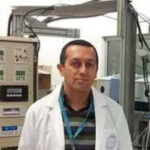
Guillermo Muñoz Caro
Guillermo M. Muñoz Caro graduated in Particle Physics at the Univ. of Utrecht and obtained his PhD in Astrophysics at the Univ. of Leiden (The Netherlands) in 2003. He is coordinator of the Interstellar and Circumstellar Medium Group and the Laboratory for Simulation of Interstellar and Planetary Environments, both at Centro de Astrobilogía (CAB, INTA/CSIC) . His research studies physicochemical processes of ices in space, which produce molecules of astrobiological interest. This line of research is developed at Centrro de Astrobilogía (CAB, INTA/CSIC) using the ISAC ultra-high vacuum system.

Pablo Rivière Marichalar
Pablo Rivière Marichalar obtained his PhD at Centro de Astrobiología in 2013. His research is focused on the study of protoplanetary disks, as well as in star and planet formation in general. His main interest is the chemistry of protoplanetary systems, to what extent it is inherited from the parental cloud, and to what extent it fixes the composition of planetary atmospheres. His work is based on astronomical observations at radio and infrared wavelengths, which he complements with comparison of astrochemical and radiative transfer models.

Octavio Roncero
My work deals with the theoretical study of dynamical processes in molecular systems, such as photodissociation, collisions and spectroscopy. Throughout my career I emphasized the development of theoretical codes and methods, focusing on the quantum simulation of experimental results, for their understanding and prediction.Since 2010, I am working in Molecular AstroPhysics in reactive and inelastic collisions, photodissociation, etc, for their use in astrophysical models. For this aim I have developed quantum, quasi-classical, statistical, etc, models and codes that have been applied to many molecular systems of astrophysical interest.

Marina Rodríguez Baras
Astronomer at the National Astronomical Observatory (OAN-IGN), where she develops her research activity in astrochemistry, specifically in the study of the molecular processes that take place in the early stages of star and planetary formation processes in our galaxy. Andalusian, graduated in Physics from the University of Barcelona (2010) and PhD in Astrophysics from the Autonomous University of Madrid (2019), with a thesis on star formation in inner and outer regions of nearby spiral galaxies. During the thesis she made international stays in research centers in Mexico and Argentina. Strongly involved in activities related to gender equality in science since 2015, she is currently coordinator of the Women and Astronomy Commission of the Spanish Society of Astronomy. She organizes and participates in various science outreach projects, both in educational settings and for the general public. During the thesis she made international stays in research centers in Mexico and Argentina. Strongly involved in activities related to gender equality in science since 2015, she organizes and participates in various science outreach projects, both in educational settings and for the general public.

Benoît Commerçon
Benoît Commerçon currently works at the Centre de Recherche Astrophysique de Lyon (CRAL), French National Centre for Scientific Research. Benoit does research in Computational AstroPhysics, Fluid Dynamics and Parallel Computing. In particular, he is a world recognized expert in the application of magneto-hydrodynamic (MHD) simulations to the study of the different stages of the star formation process, from the collapse of a molecular cloud to the formation of the proto-planetary disks. The full coupling of chemistry with MHD simulations is a priority of his research. During the thesis she made international stays in research centers in Mexico and Argentina. Strongly involved in activities related to gender equality in science since 2015, she organizes and participates in various science outreach projects, both in educational settings and for the general public.
